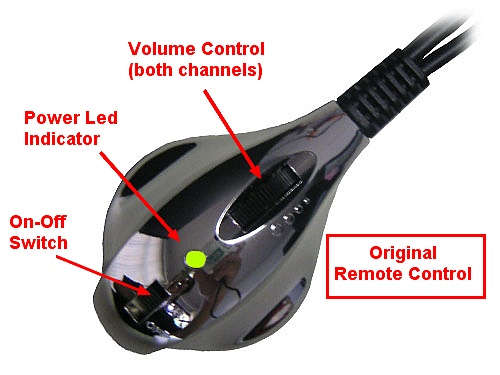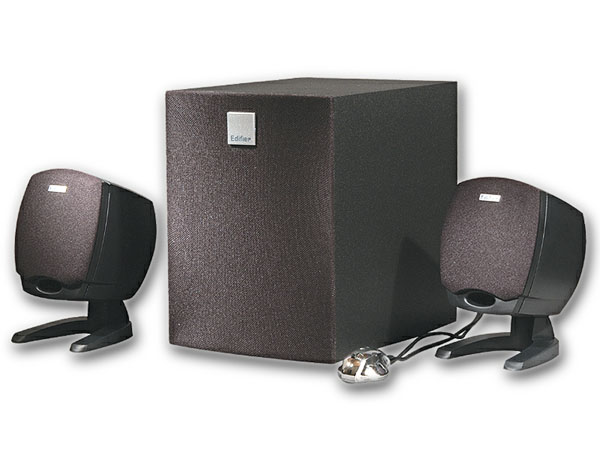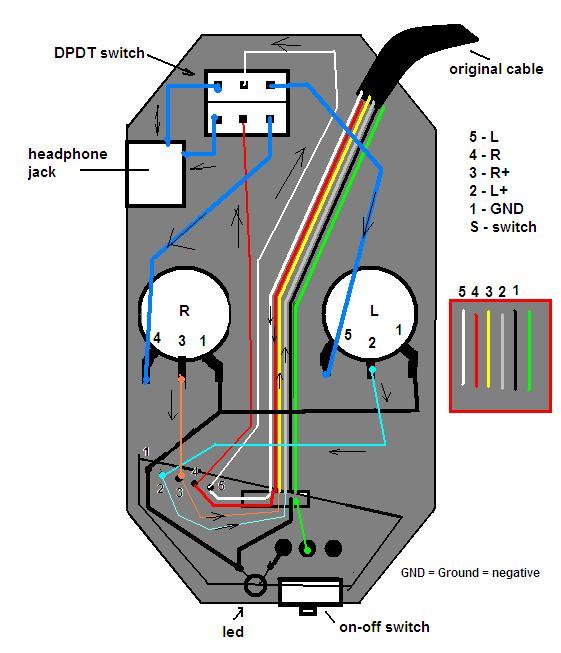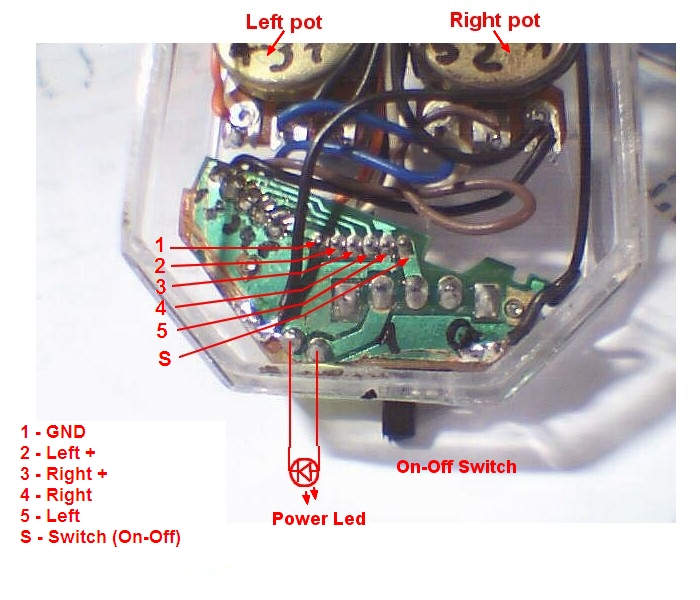

|
Usually multimedia speakers have a remote
control for both channels like shown  |
|
There's another problem... these potentiometers (see fig at right) are difficult to find so nothing
is better than using two common pots.
One thing needed is: the original pot value. Frequent values are around 10 kOhm. Common nomenclature for these 5 pin pots are: 103 = 10 plus 3 zeros or 10,000 ohm = 10 kOhm. |
|
|
|
|
|
Now our project is to replace the original remote control shown at the top of this page, with a control box with two independent pots (Left and Right channels), the On-Off switch an Power Led Indicator and perhaps an output for headphones with the proper 3 way switch - DPDT - (Double Pole Double Throw - Center Off).
|
|
|
|
|
|
|
|

|
|
|
|
 |
|
|
|
|
|
|
|
|
|
|
any questions? just send an e-mail! [email protected]
Feb 2007